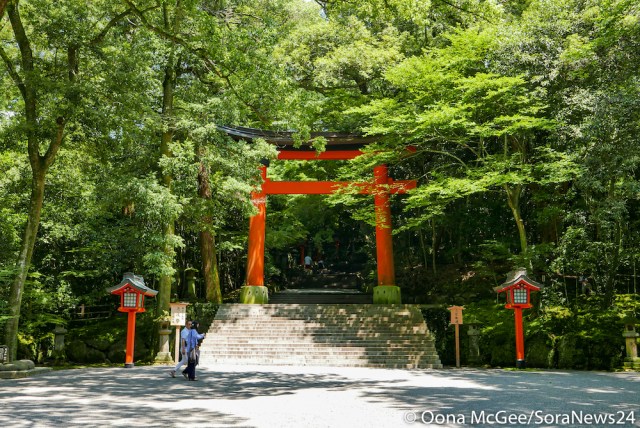
There’s so much more to Oita than amazing hot springs.
If you’re travelling to Japan and looking to explore the country, there are 47 prefectures waiting to wow you with sacred sites, places of natural beauty and a warm sense of hospitality that will make for an unforgettable trip.
One of those prefectures is Oita, on Japan’s southern island of Kyushu, which is known throughout Japan as the country’s “onsen prefecture”, due to its abundance of rejuvenating hot springs. And while the onsen here are held in such high esteem that they even opened an onsen amusement park in the prefecture in 2016, there’s plenty more on offer for those looking to explore off the beaten track.
We headed down to Oita recently, and after a short 95-minute flight, we arrived at Oita Airport, which is a destination in itself that houses a genuine hot spring foot bath and photo spots.
▼ There are also replicas of famous centuries-old statues…
▼ And a giant plate of sushi that goes round and round like a sushi train at the baggage carousel.
Once you’ve picked up your baggage, it’s time to get out and explore Oita! It’s pretty rural out here, though, so you’ll want to hire a car, or, for a more memorable experience, you might want to hire local tour guide and fluent English speaker Kimiko Wakamatsu to show you some of the most special spots in Oita Prefecture.
▼ Wakamatsu (right) works with driver Eishi, aka A.C. (left) to take you to places only locals know about.
We spent several days exploring with A.C. and Wakamatsu, and highly recommend using them for your trip. A.C. is known as “the best driver in Oita” and is requested by government officials for personal trips, while Wakamatsu is a licensed tour guide with years of experience under her belt.
So let’s get to it and check out the 17 best things to do in Oita Prefecture!
Kitsuki Castle Town
One of the first stops any visitor to Oita should put at the top of their itinerary is a visit to Kitsuki Castle Town. This historic area contains beautifully preserved streets and old samurai houses which are open to the public, and one of the best ways to soak up the atmosphere here is by strolling around in a kimono.
Kimono rental shop Warakuan has a huge range of kimonos in all sizes which can be rented for roughly 3,000 yen (US$28.46) per day, with lots of accessories to make you feel like a lady from the Edo Period (1603-1868).
After being dressed by the professional and friendly staff at Warakuan, who are so speedy they can dress you in a matter of minutes, you’ll get to walk around a castle town that’s so well preserved it’s even been featured in Japanese movies and TV dramas. The local government is actually encouraging visitors to wear kimono here, as it helps to bridge the gap between cultures, and it also gets you free or discounted entrance to museums and preserved houses in the area.
The Ohara Residence is the biggest and grandest samurai residence in Kitsuki Castle Town, with an impressive garden and interesting artefacts providing a firsthand insight into how people used to live back in the feudal era.
Strolling through the residence in kimono makes you feel like you’ve stepped back in time to the Edo period, and helps you connect to Japanese culture in an unforgettable way, especially when you get to enjoy the area without the hordes of tourists you’ll find at other big tourist spots.
Eat the local specialty: Ureshino
Kitsuki Castle Town comes with a long and rich history that extends to its food culture, so while you’re here you definitely shouldn’t miss out on trying a delicious sesame sauce flavoured red snapper and rice dish known locally as “Ureshino”.
▼ Wakaeya is a special gem that’s been serving Ureshino for more than 300 years.
The prized tai chazuke dish was named “Ureshino” after a feudal lord tried it at Wakaeya centuries ago and uttered the words “Ureshino” (lit. “I’m so happy”). Tasting a dish with such history behind it is an incredibly special experience, especially given that the restaurant is still run by the same family, with Gentaro Goto preserving this important culinary history as the 16th-generation head of the restaurant.
▼ Gentaro Goto (right) and his father (left) are continuing centuries of family-run operations.
Ureshino is a delicious sesame sauce flavoured red snapper and rice dish that’s ready to eat three seconds after hot green tea is poured over it.
Big groups can enjoy the dish as part of a multi-course meal inside a banquet room with its very own Noh theatre stage.
Beppu City Traditional Bamboo Crafts Centre
Next stop on our tour is a local bamboo crafts centre, which showcases local bamboo crafts in a fun and engaging manner. The intricate designs and large works created with bamboo are all amazing to look at.
The interactive woven bell-making course is a lot of fun, and easy for both adults and children to take part in. The bamboo bell ball makes for a great souvenir afterwards, and there are plenty of gorgeous objects to purchase in the attached gift shop as well!
▼ Simply weave the coloured bands through the bamboo-encased bell and you’ve created your very own original souvenir!
Yukemuri Observation Deck and Kannawa walking tour
A visit to Oita wouldn’t be complete without a stop at Beppu, the city renowned for having the highest yield of hot spring water in the world. There are hundreds of hot springs dotted around the area, and the best place to see them is from the Yukemuri Observation Deck, where you can gaze out at the rising plumes of hot steam.
▼ This yukemuri landscape has been listed as one of Japan’s “Important Cultural Landscapes”.
Whether or not you love hot springs, you’ll definitely enjoy a walk around Beppu’s Kannawa Onsen area. It’s a beautiful area to stroll around, with plenty of interesting sites that offer unique saunas with Japanese sweet flag grass, communal bathing, cafes, and cook-it-yourself steam dining areas.
Steam rushes up from beneath the ground all over the area, giving it a unique atmosphere. It’s also one of the rare places where you can dip your legs into a steam foot bath, which utilises the earth’s natural hot steam instead of hot spring water to help improve the body’s circulation.
If you’re looking for a place to stay in the area, Yufuin Hotel Shuhokan is conveniently located nearby. Not only do the rooms come with glorious views of dormant volcano Mt Yufu, but you can also enjoy a hearty dinner and breakfast here, with a delicious array of local delicacies, served in a communal dining room with views out to the surrounding countryside.
Lake Kinrin
Lake Kinrin is a lovely pocket of nature where hot springs bubble up through the lake bed, creating an ideal spa-like environment for fish and wildlife that gather here.
A 19th century Confucian scholar saw fish in the lake glittering at sunset here, so the lake was named Kinrin (“Golden fish scales”).
A short stroll takes you all around the lake, making it a beautiful, serene place to stop and breathe in the fresh mountain air.
Hita Gion Yamaboko Kaikan
The Hita Gion Yamaboko Hall is a site that’s well worth a visit as it contains some of the largest and most impressive festival floats you’ll find in all of Japan.
These floats are paraded around the streets of Hita City once a year for the annual Hita Gion festival in late July, and for the remainder of the year they’re housed here for people from around Japan to admire.
These huge floats weigh up to four tonnes, and are filled with gorgeous details like dolls created by 98-year-old doll maker Shizuo Nagashima, which are designed to represent characters from kabuki plays. Each year, a different kabuki scene is revealed as the theme for the 300-year-old festival, and the floats are so impressive they’ve been designated an Intangible Cultural Heritage by UNESCO.
Eat the local specialty: Hitan Sushi
If you want to eat like a local in Hita City, Ginsushi is the place to go. The homely, family-run eatery specialises in Hitan sushi, which uses fruit and vegetables as toppings for sushi instead of the usual raw fish.
Meals here offer a surprising array of different tastes and textures, all of which are delicious and beautifully presented and prepared. Vegetarians and meat-eaters alike are sure to be incredibly impressed by the delicious meat-free morsels on offer!
Mameda Walking Tour
Walking around the beautiful Mameda district is a wonderful way to spend an afternoon, as it has a traditional, laid-back atmosphere and a variety of small stores and eateries to pop in and out of as you explore the narrow streets.
This is the best place to pick up a pair of locally made geta sandals, with a huge selection of styles available, and one of the stores is even home to the largest cedar geta in all of Japan!
Ontayaki no Sato (Ontayaki Pottery Village)
One of the highlights of our trip was a visit to this tiny, tranquil pottery village which makes its pottery entirely by hand, using the same techniques that have been passed down from generation to generation over 300 years.
▼ Ten families live and produce pottery in this village.
Ontayaki pottery village is known for its kara usu, wooden clay-crushing devices powered by water from the Hanatsuki River. The sound they make echoes through the tiny village and is considered one of Japan’s 100 best soundscapes.
The sound of the water-powered wooden clay-crushing devices and the charm of the local families that sell their beautiful wares make this a must-visit spot.
As a working pottery village, visitors are able to watch products being made, and purchase items directly from the families that make them.
Umeshugura Oyama
Along the Oyama River in southern Hita is a hot spring area famous for Japanese plums. Umeshugura Oyama is a factory that makes a wide variety of umeshu liqueur from locally grown plums, and visitors can view the production process inside the facility.
Visitors will want to try all the different types of umeshu available here, with a free tasting that showcases some deliciously unique varieties you won’t find anywhere else.
Sakura Daki
Sakura Daki, which translates to “Sakura Waterfall”, gets its name from the cherry blossom trees that bloom around it. Although it’s just a five-minute walk from JR Amagase Station, you’ll feel like you’re in the middle of nowhere as the 25-metre-high veil-like stream of water sends out a light spray as it spills out into a small spherical pool below.
Stay at a Ryokan
One of the great things about exploring off the beaten track is the chance to experience the warmth of local hospitality with a stay at a ryokan or Japanese inn.
A highly recommended ryokan in Hita is Ukiha Bekkan Shinshiyo, which is a quiet haven with an inn-like atmosphere that makes you feel instantly at home.
The staff here are incredibly attentive and helpful, and they go out of their way to ensure that your stay is comfortable and pleasant. The rooms are clean and modern, and some even come with their own rotenburo hot spring outdoor baths on an attached terrace where you can relax and gaze out at the surrounding scenery.
The real wow factor comes at dinner, when a feast of small dishes is served up for guests in private dining rooms.
Attentive staff in kimono will help guide you through each course and answer any questions you might have about all the different dishes and the fresh local ingredients used.
And then when you wake in the morning, there’s a feast waiting for you at breakfast too!
Takkiri Valley
This valley, located in Oita’s Usa City, is a wonderful spot to stay cool in the warmer months, with a shallow river that meanders along a walking path for roughly two kilometres (1.2 miles).
A popular spot with families, there are 13 small cottages here which can be rented for overnight stays, but daytrippers can also enjoy the nature-filled scenery.
One of the most popular things to do here is kick off your shoes and socks and go for a walk inside the river. The ankle-deep water is cool and clear, and incredibly refreshing in summer.
This winery in Usa has been perfecting its wines since grapes were first harvested here in the ’60s. The climate in this region is considered to be an ideal environment for growing grapes, which are used to create over 20 different types of wines bottled on the premises.
There are plenty of areas to explore around the winery, but most visitors head straight to the shop, which offers a wide range of tastings, including award-winning sparkling wines and grape juice as a non-alcoholic option for drivers.
Eat the local specialty: Fried Chicken
Shozan is such a good restaurant that locals line up to dine here, where the specialty is Usa City’s regional delicacy, fried chicken.
The fried chicken made in Usa is renowned throughout Japan, where it’s claimed by many to be the best in the country, and Shozan is one of the best places to try it. Their round, ball-like chicken pieces are so crispy and juicy you’ll be wanting to eat them every day, and adults and children alike will fall in love with them, as they’re easy to eat, come served in generous portion sizes, and can be ordered as part of a set with rice, salad, tea and miso soup.
As one of Japan’s most important shrines, Usa Jingu contains a wide variety of sacred sites, and visitors can get a deeper understanding of each site on the shrine grounds with a fun-to-use interactive audio guide that comes with multi-language options.
As you walk through the area, simply tap the electronic “pen” to your current site on the included map, and you’ll be able to learn more about the history and significance of that particular location.
The audio guide will also provide you with instructions on how to worship at the main shrine buildings. Unlike other shrines, where worshippers bow twice, clap twice and then bow once, worshippers here bow twice, clap four times and bow once. This ancient 2-4-1 style of prayer is said to only exist at two shrines in all of Japan.
If this temple was located in Tokyo or Kyoto, it would be inundated with crowds of tourists. However, its rural location protects it from being overcrowded, which means visitors get to experience its sacred beauty without all the crowds.
Said to have been founded in 718, the temple is famous for its stunning Nio statues, which stand as the guardians of Buddha at the stairs leading up to the temple grounds.
Walking through the ancient temple on your own without other visitors is a profound experience, as it enhances your sense of adventure and deepens your connection with the sacred atmosphere of the site.
Gojun Terada, the 66th abbot of Futago-ji, speaks perfect English and is happy to speak to visitors, so if you see him, be sure to say hello!
Terada was instrumental in helping to create the English-language guide maps that are now available at the temple, so overseas visitors can gain a deeper understanding of the site as they explore the grounds on their own.
So there you have it, 17 things to do in Oita Prefecture! It’s a beautiful region that remains largely unexplored by foreign tourists, making it a less crowded, off-the-beaten path alternative to big cities like Tokyo and Kyoto.
It’s definitely worth adding a visit to Oita to your Japan travel itinerary. If you’re looking to discover more hidden gems around the country, don’t forget to check out our in-depth guides to Aomori, Okinawa, Fukushima, and Yamaguchi. There’s so much to explore in Japan!
Contact Information:
Kimiko Wakamatsu: kim.wak88@gmail.com Website for tour reservations: http://beppu-oita.sakura.ne.jp
Eishi (A.C.): eishi.since1966@icloud.com A.C. knows some English and is happy to communicate via Google Translate
Photos ©SoraNews24
● Want to hear about SoraNews24’s latest articles as soon as they’re published? Follow us on Facebook and Twitter!

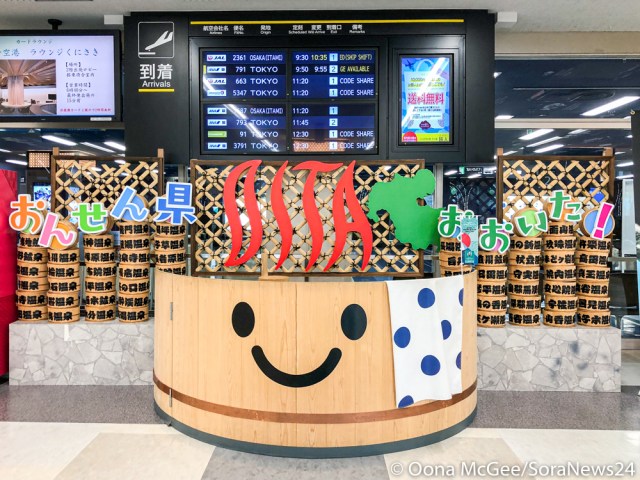
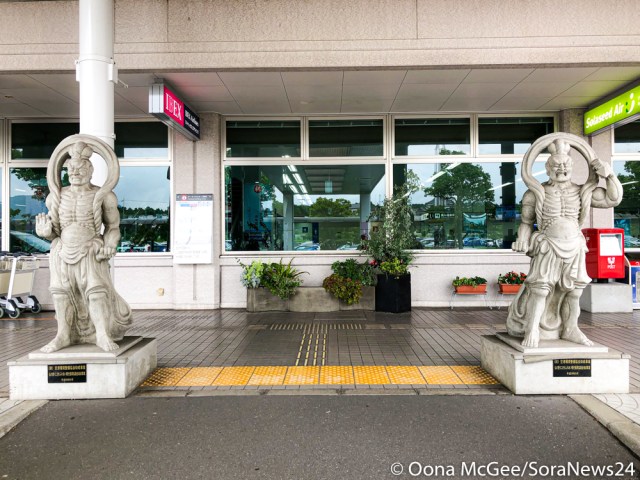

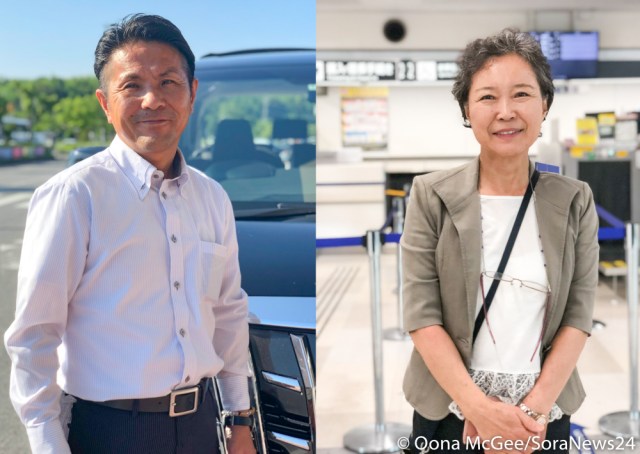
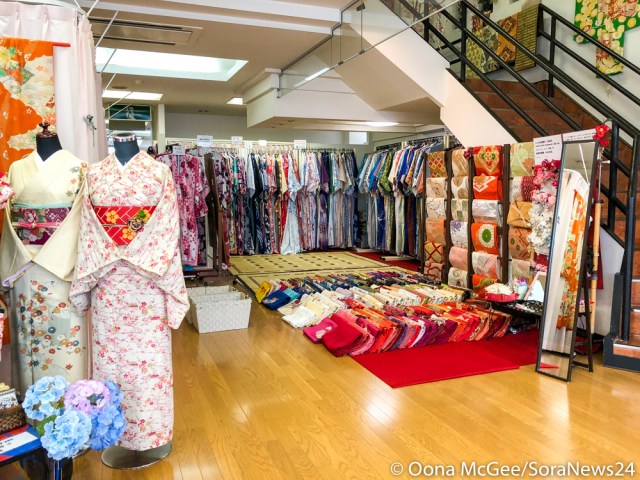
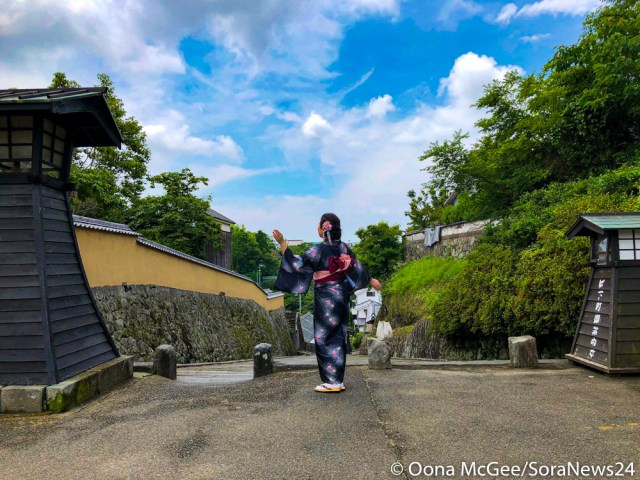
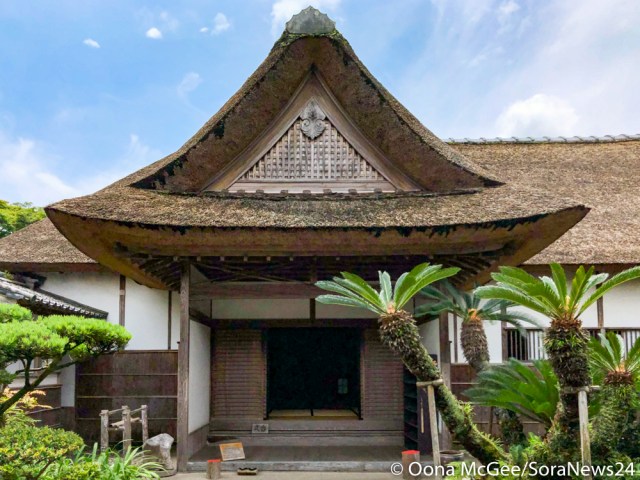

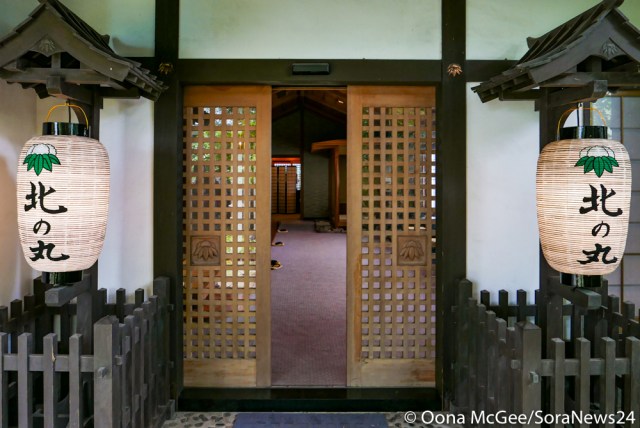
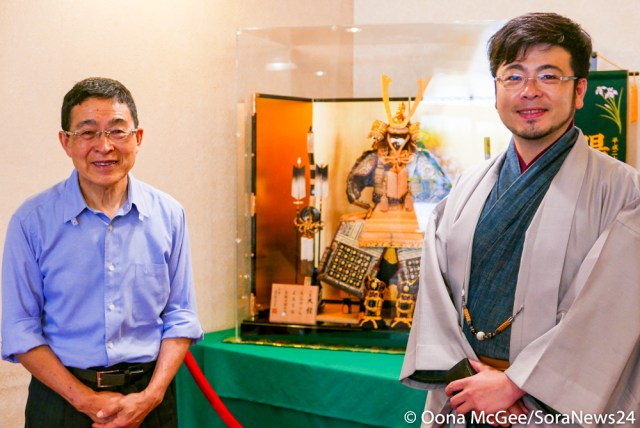
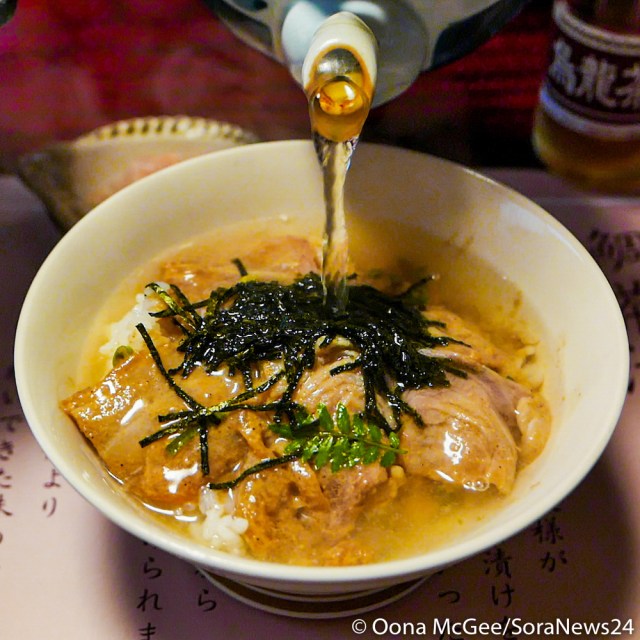
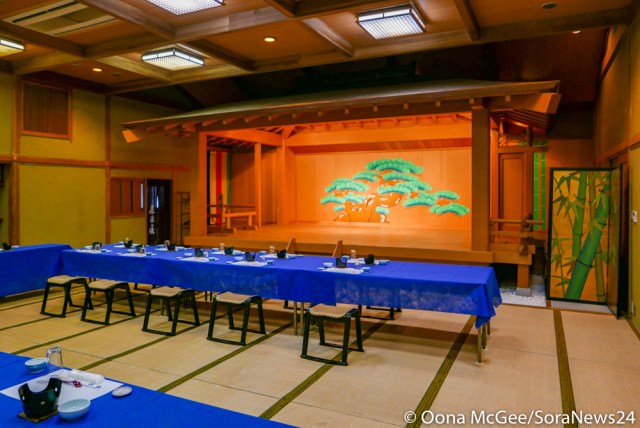
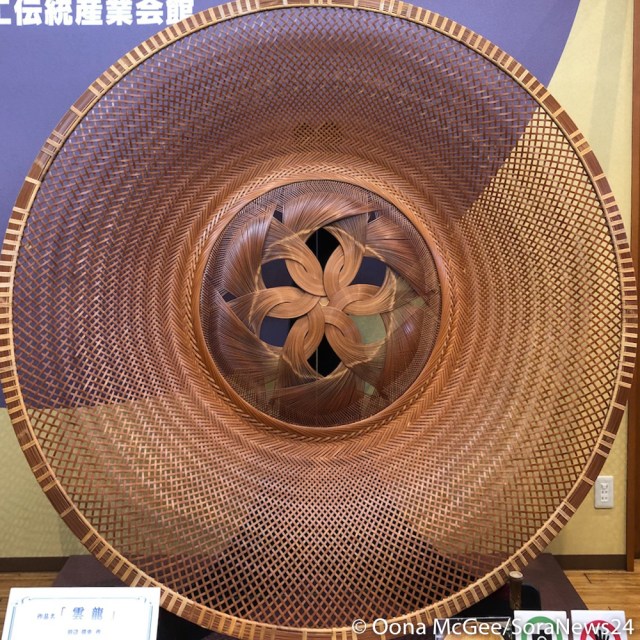
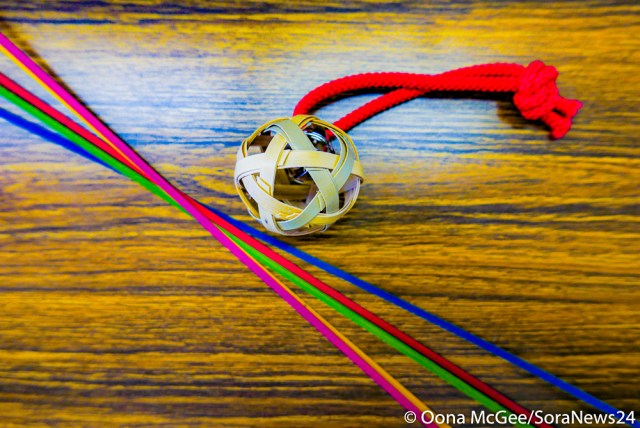
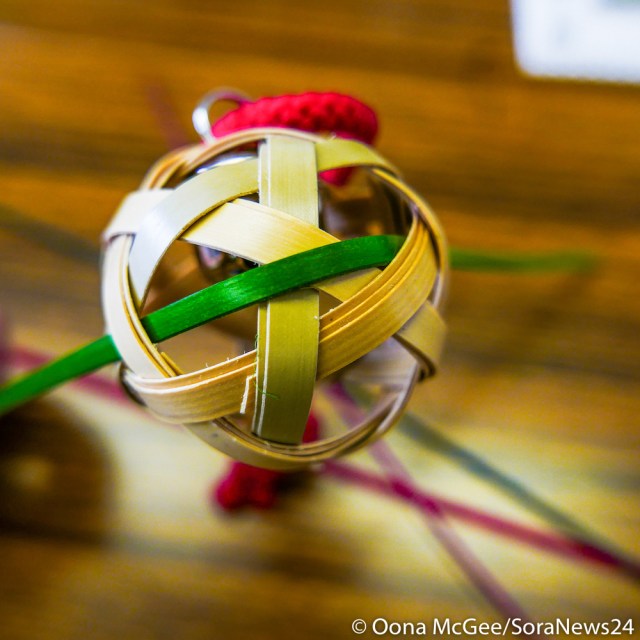
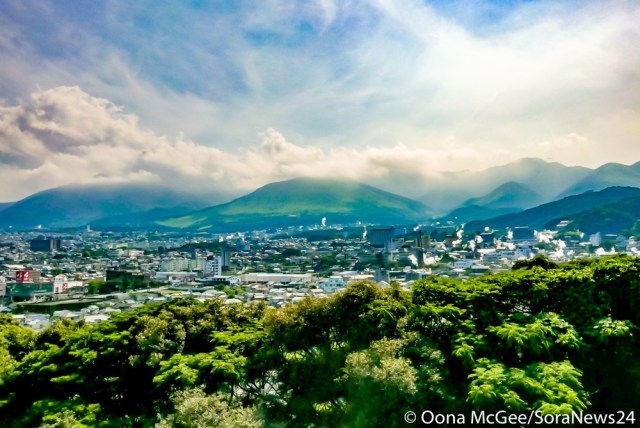
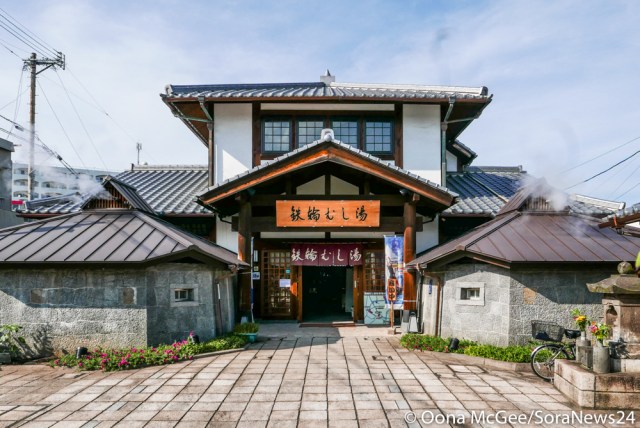
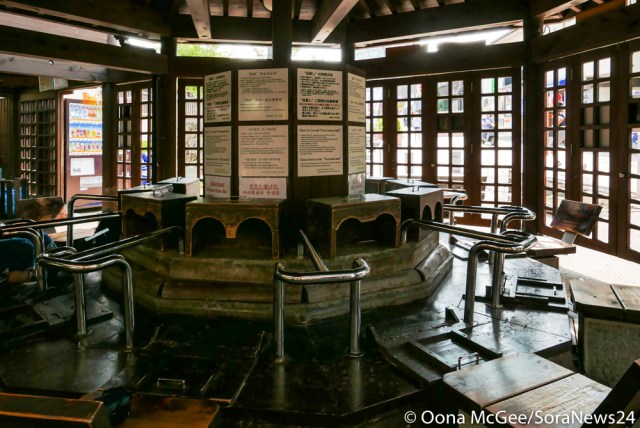
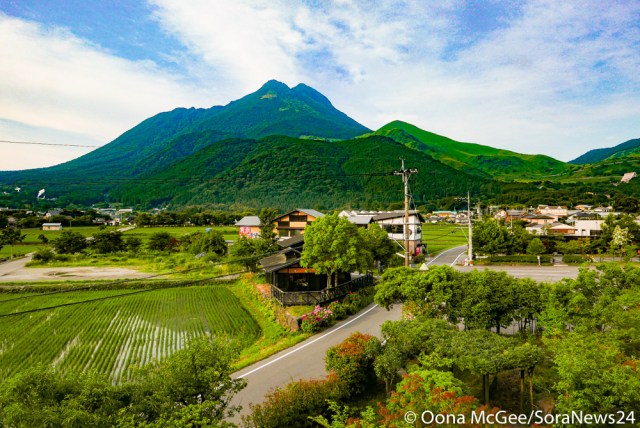
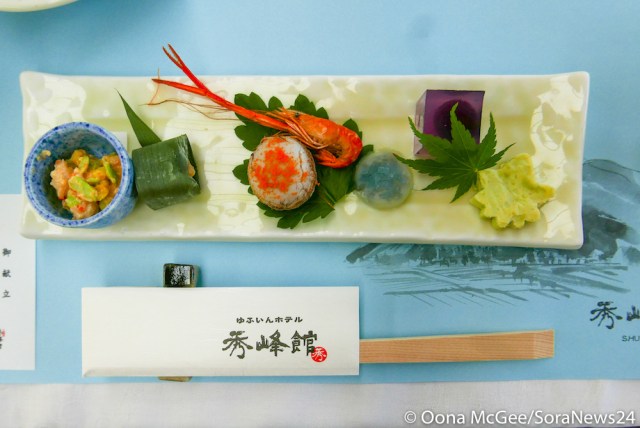
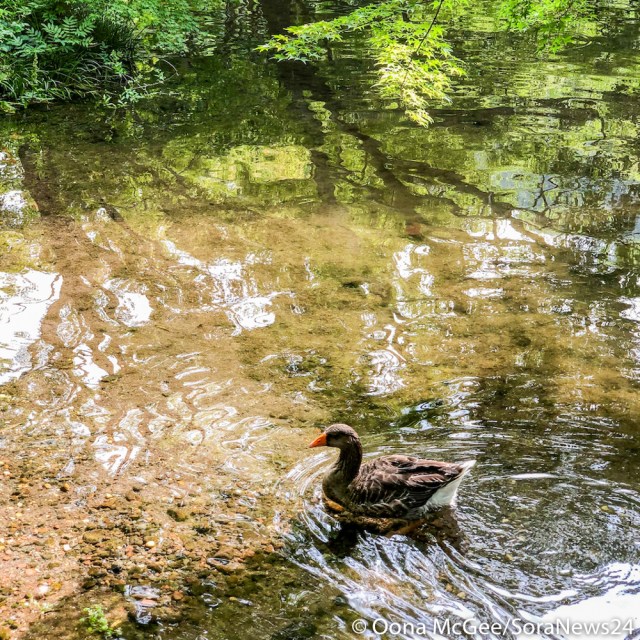
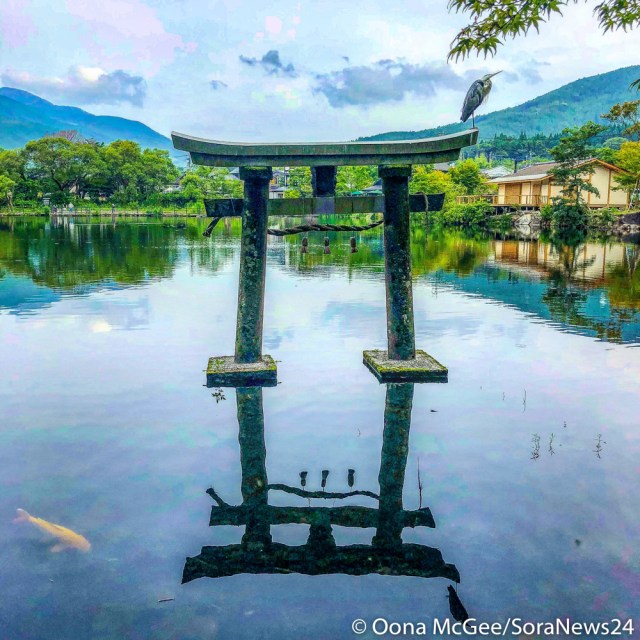
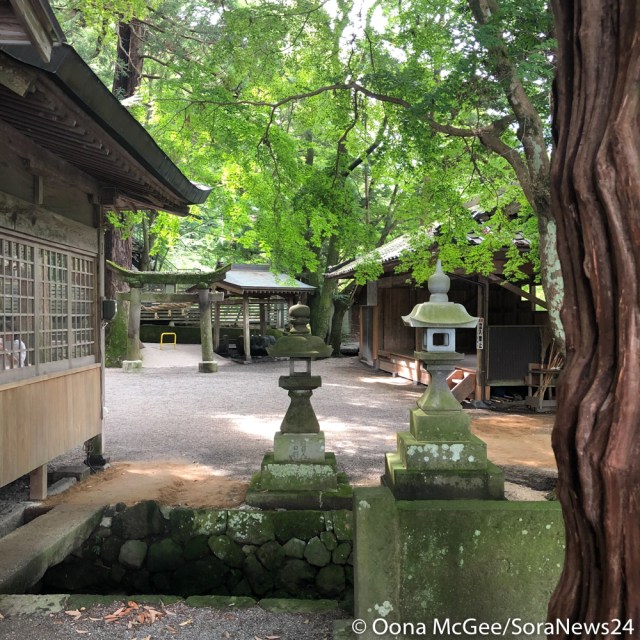
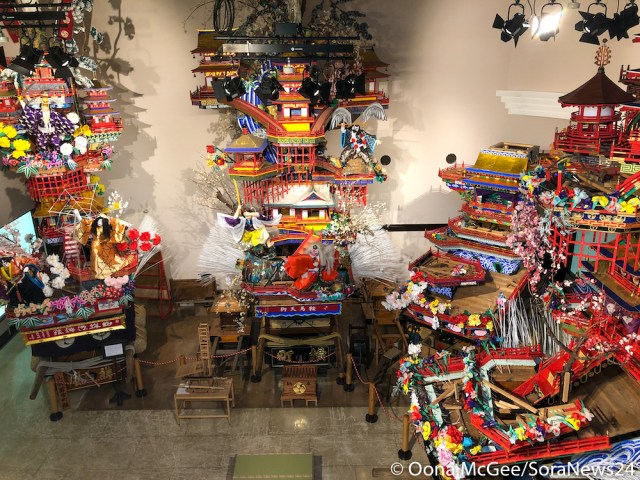
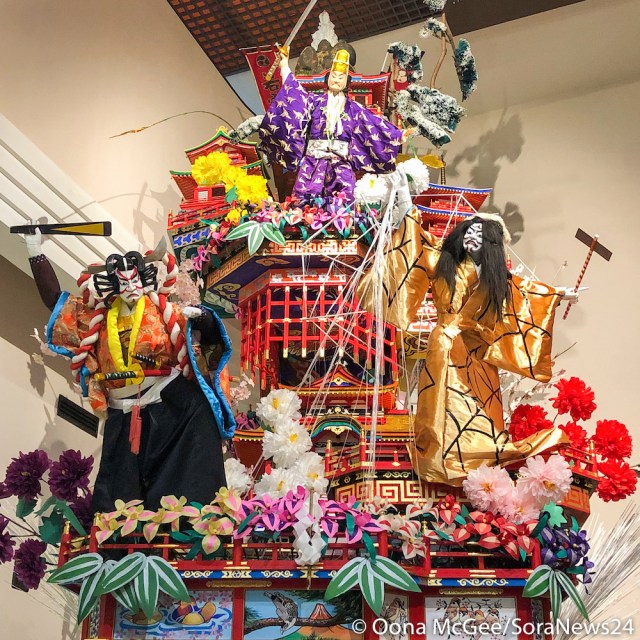
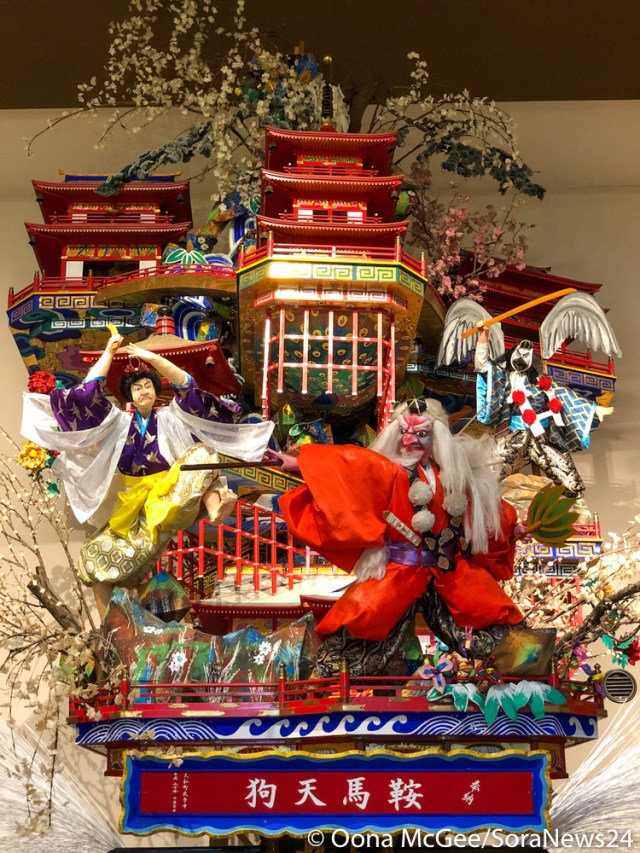
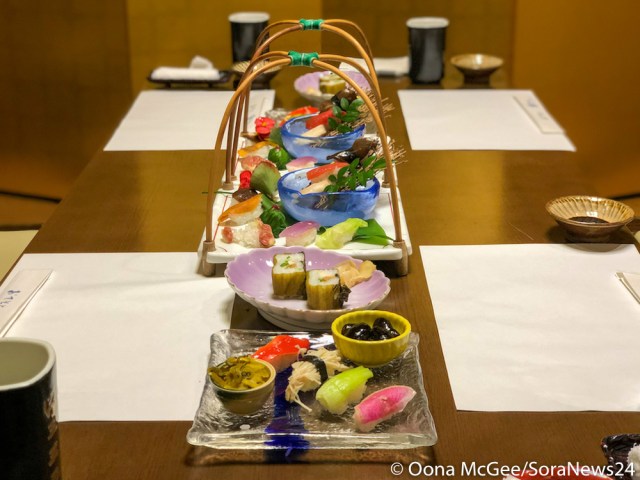
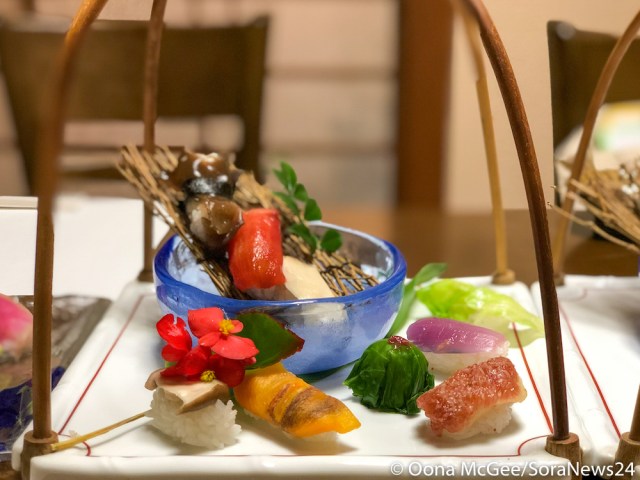
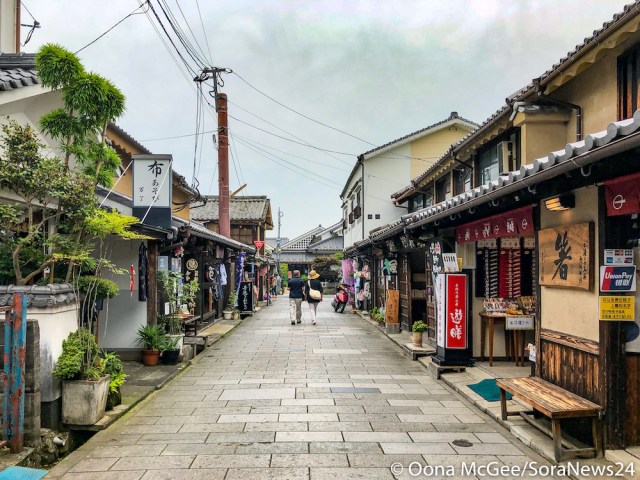
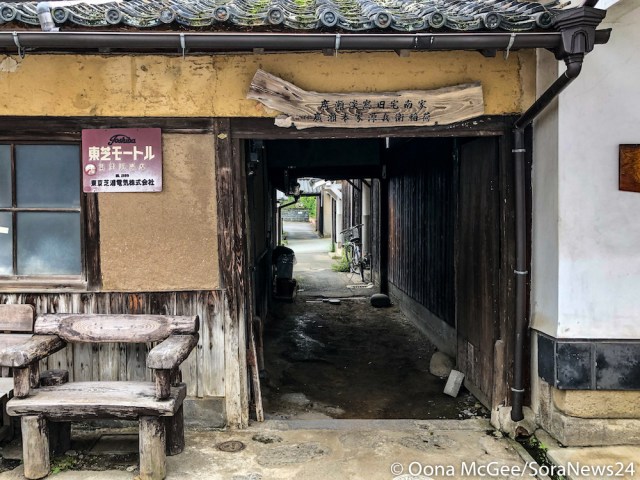
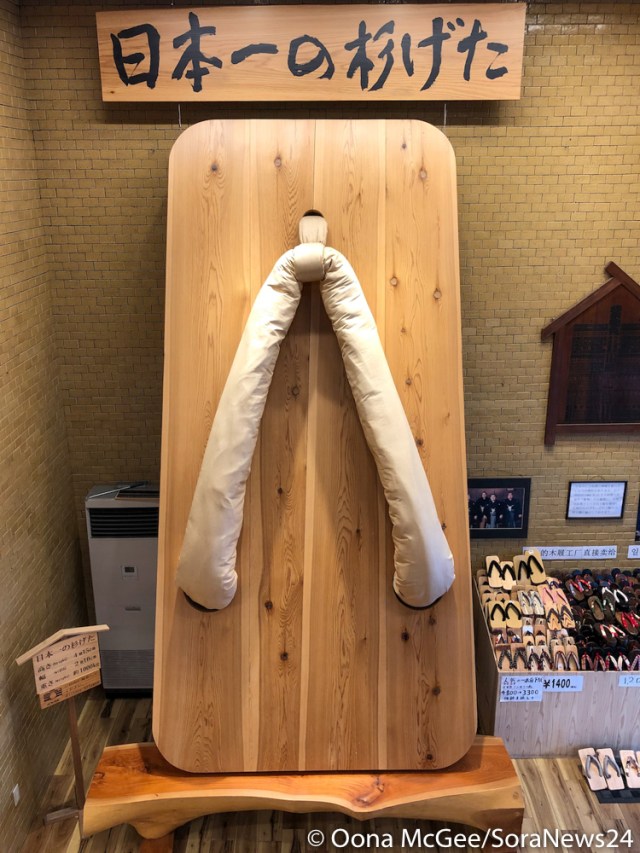
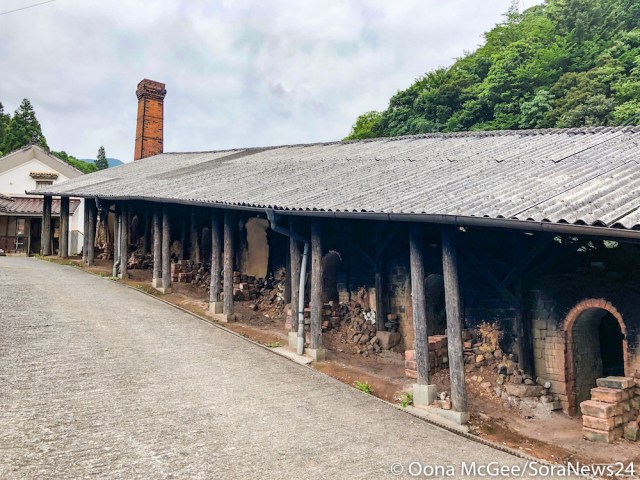
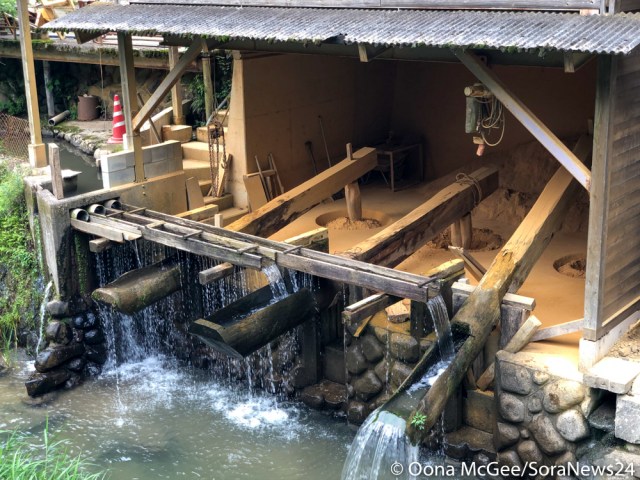
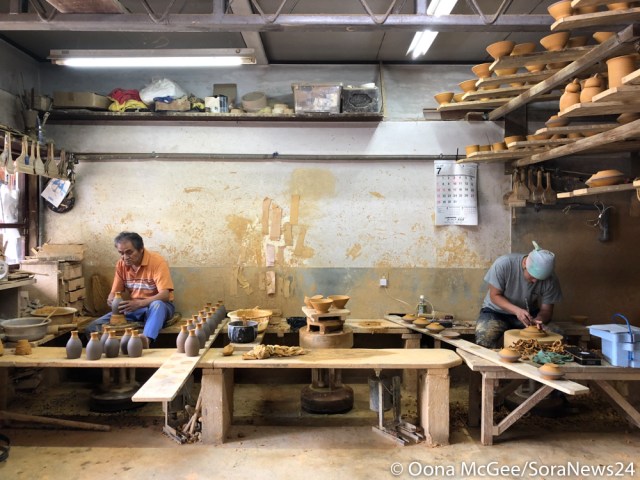
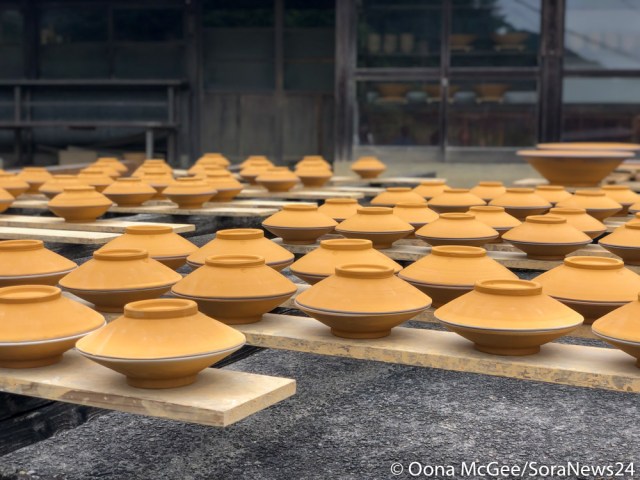
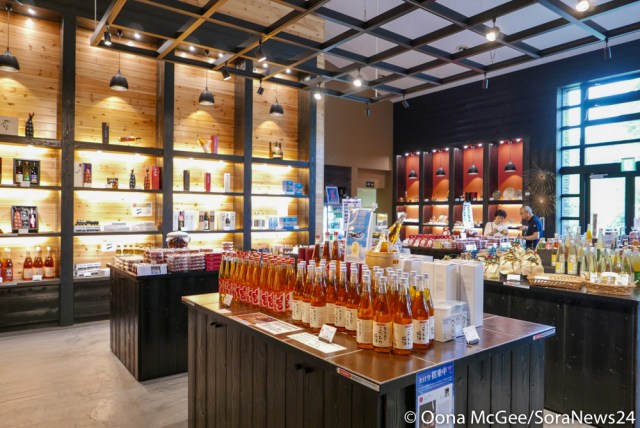
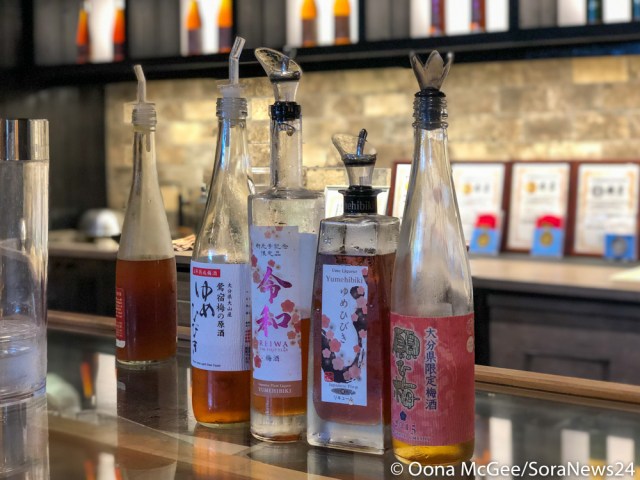
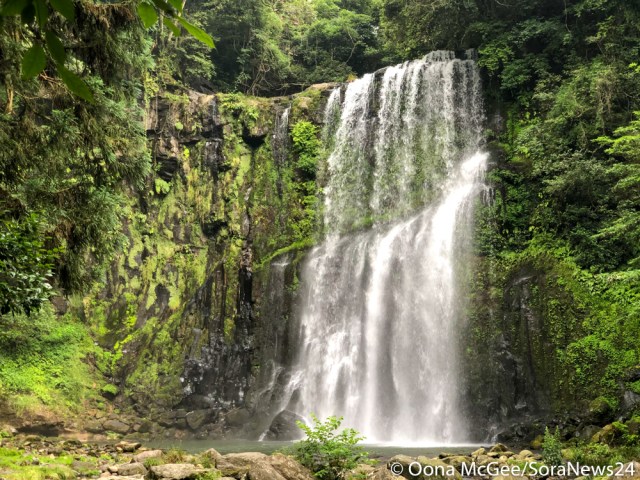
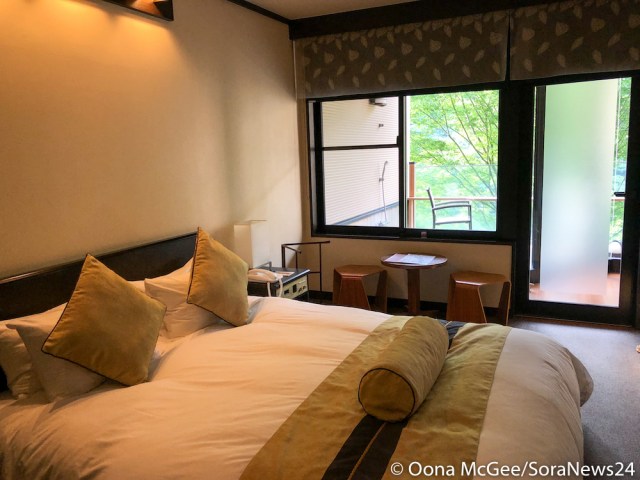
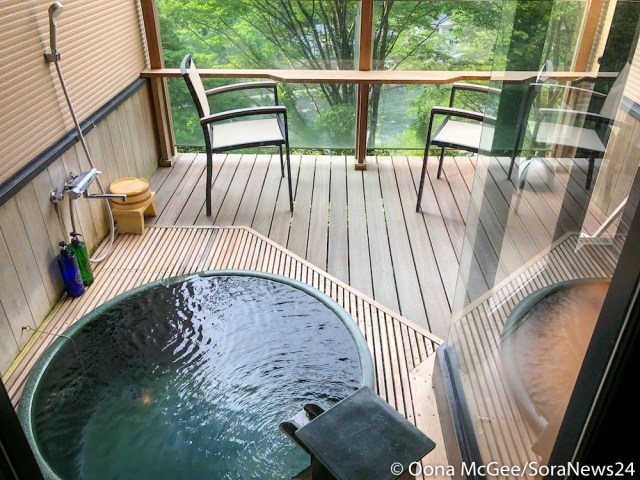
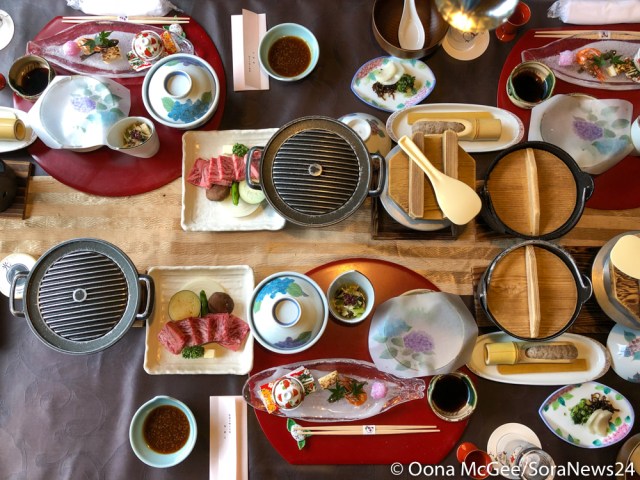
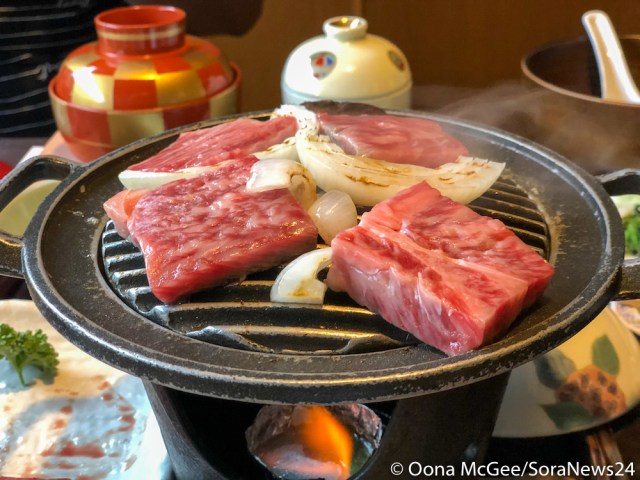
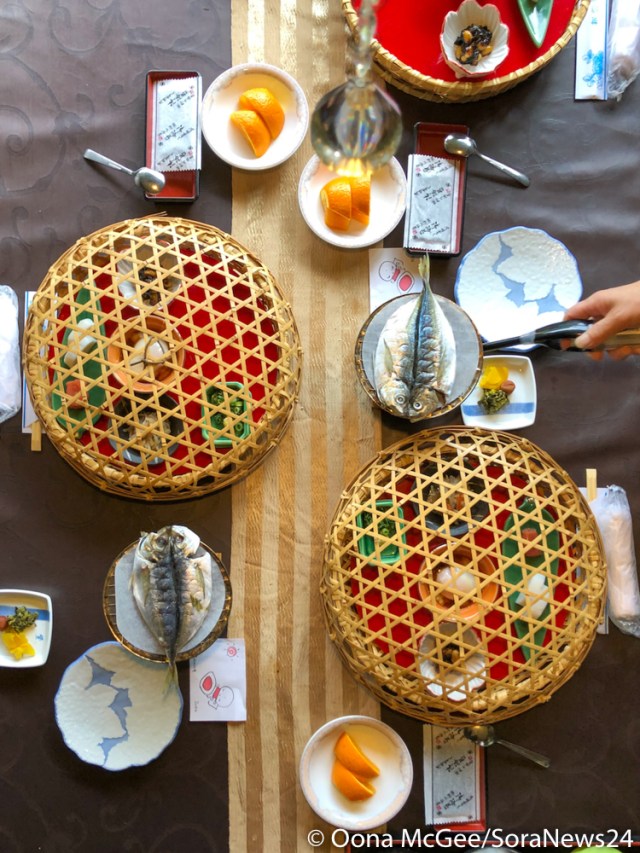
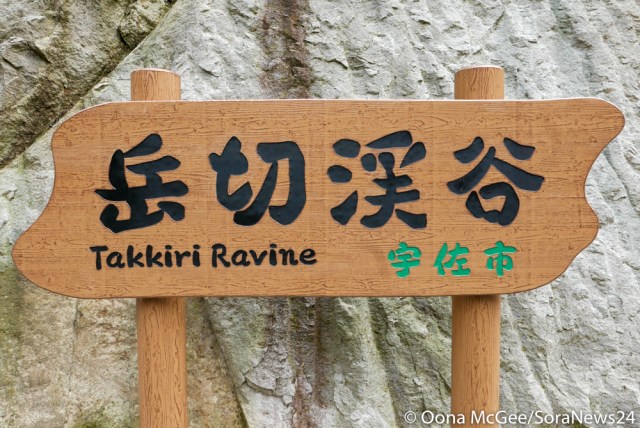
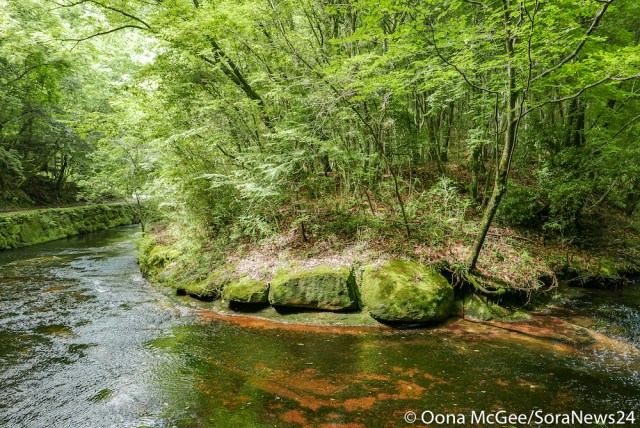
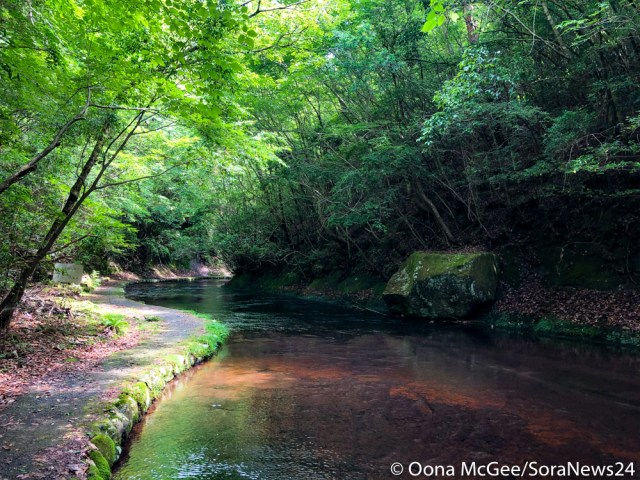
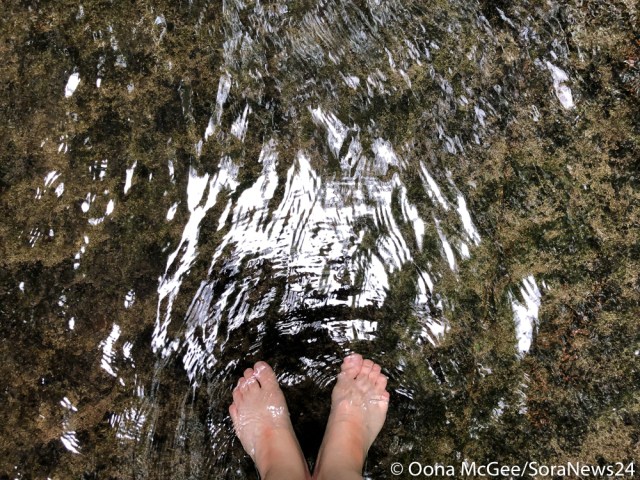

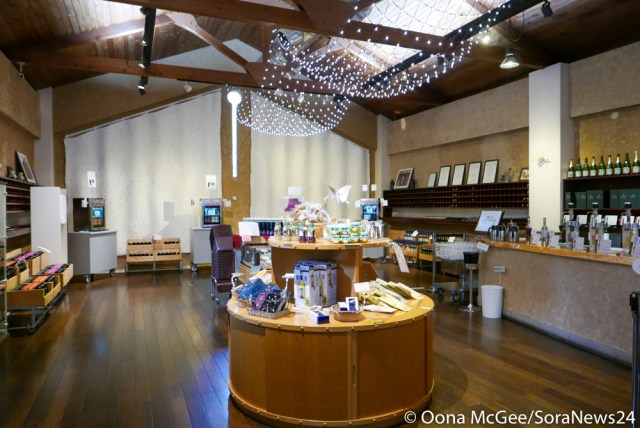
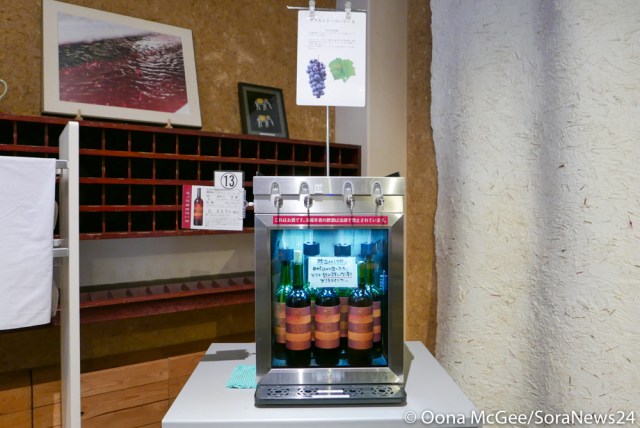
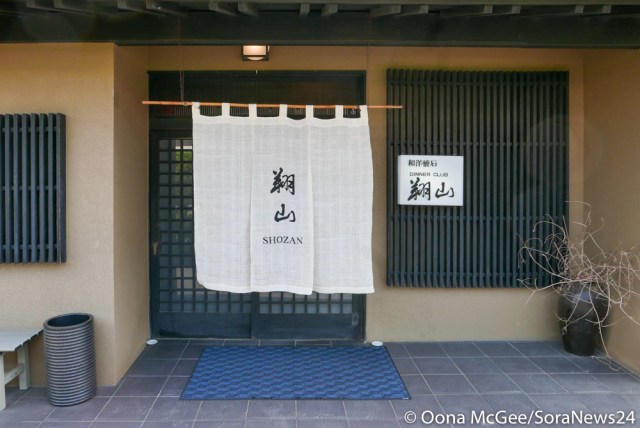
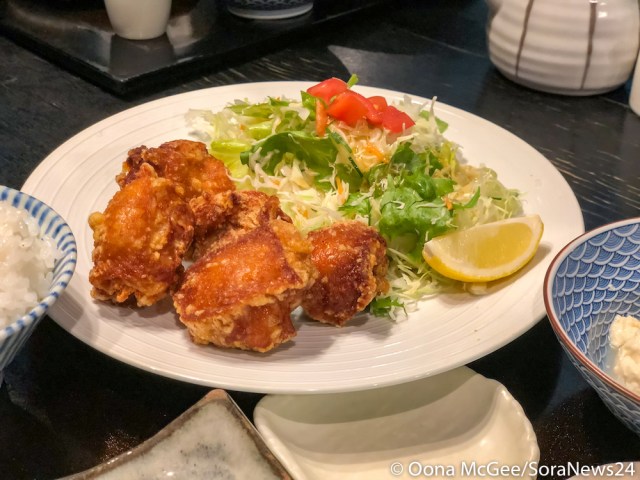
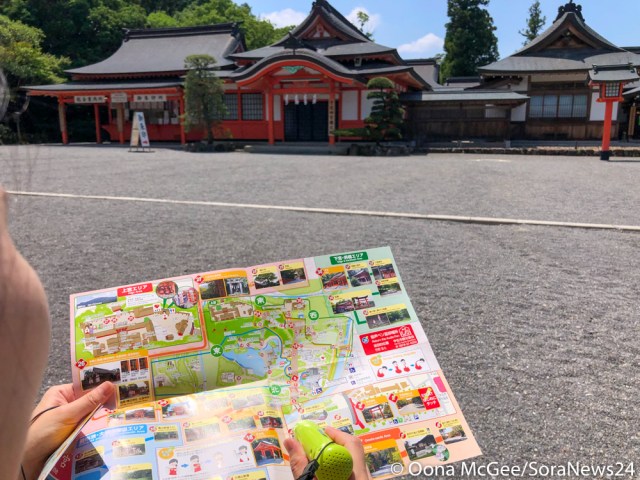
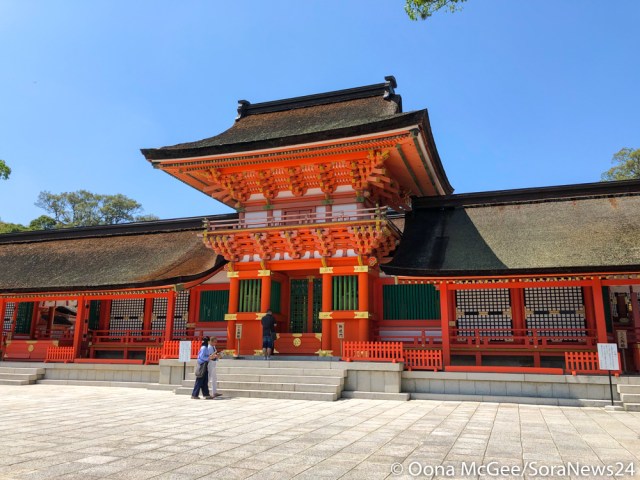
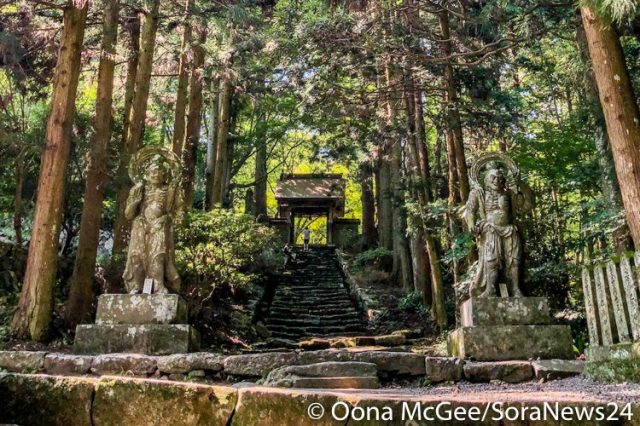
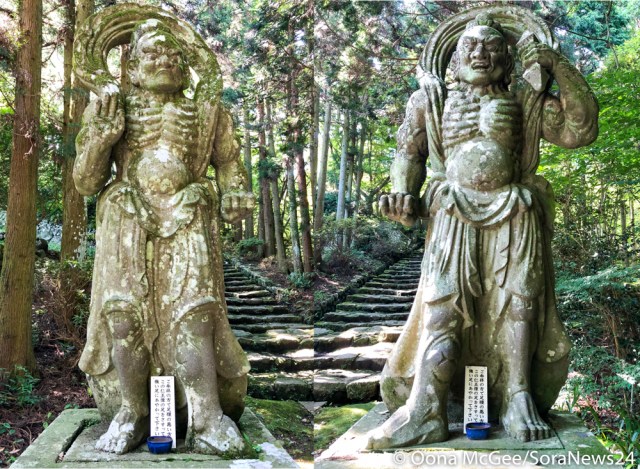
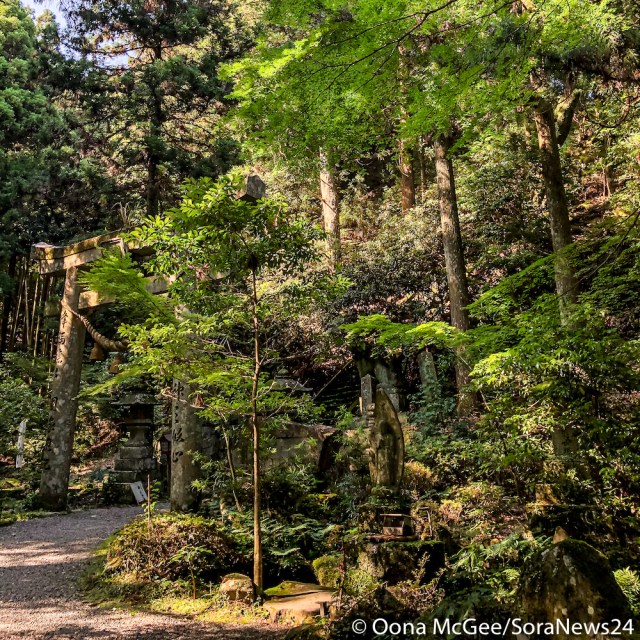
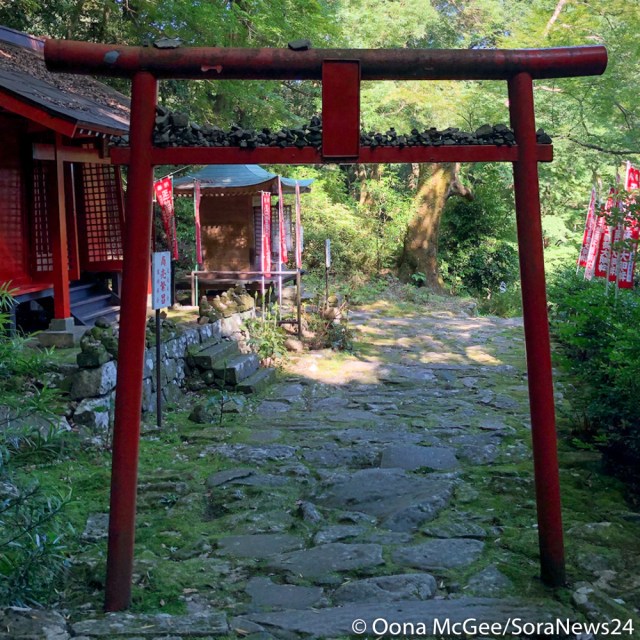
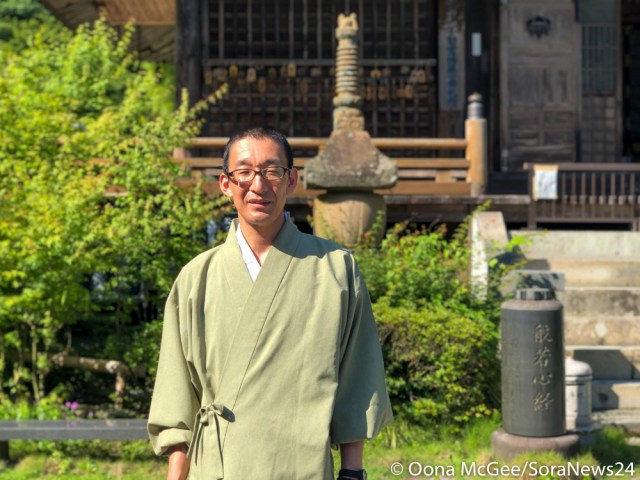
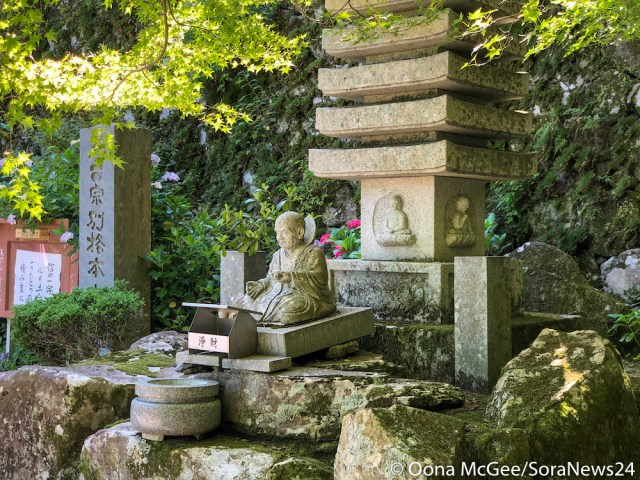
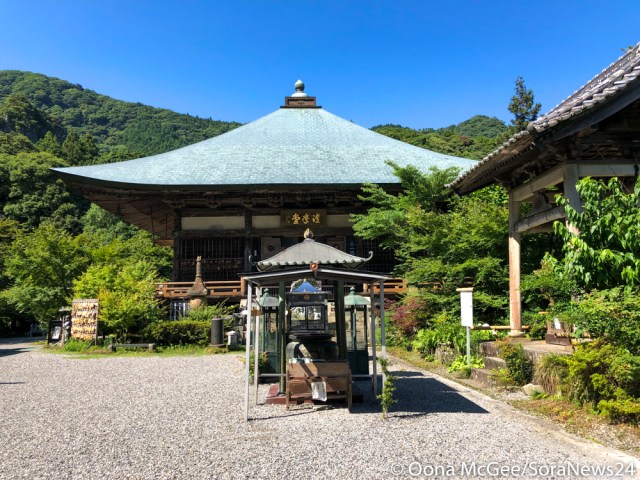
 Get huge discounts on Japanese hotels… provided you’re a space alien (or claim to be one)
Get huge discounts on Japanese hotels… provided you’re a space alien (or claim to be one) 18 awesome overnight hot spring trips from Tokyo, and a quiz to help pick the best one for you
18 awesome overnight hot spring trips from Tokyo, and a quiz to help pick the best one for you We try Oita Prefecture’s citrus-y creation in Starbucks Japan’s 47 Jimoto Frappuccinos
We try Oita Prefecture’s citrus-y creation in Starbucks Japan’s 47 Jimoto Frappuccinos Oita lures travelers with wonderful montage of synchronized hot spring bathing 【Video】
Oita lures travelers with wonderful montage of synchronized hot spring bathing 【Video】 Japan Travel: Mysterious rockstar Jizo statue found at Kiyomizudera temple
Japan Travel: Mysterious rockstar Jizo statue found at Kiyomizudera temple Foreigner’s request for help in Tokyo makes us sad for the state of society
Foreigner’s request for help in Tokyo makes us sad for the state of society Japanese city loses residents’ personal data, which was on paper being transported on a windy day
Japanese city loses residents’ personal data, which was on paper being transported on a windy day Akihabara pop-up shop sells goods made by Japanese prison inmates
Akihabara pop-up shop sells goods made by Japanese prison inmates Ghibli Park now selling “Grilled Frogs” from food cart in Valley of Witches
Ghibli Park now selling “Grilled Frogs” from food cart in Valley of Witches Historical figures get manga makeovers from artists of Spy x Family, My Hero Academia and more
Historical figures get manga makeovers from artists of Spy x Family, My Hero Academia and more Pokémon Sleep camping suite and guestrooms coming to Tokyo Hyatt along with giant Snorlax burgers
Pokémon Sleep camping suite and guestrooms coming to Tokyo Hyatt along with giant Snorlax burgers Harajuku Station’s beautiful old wooden building is set to return, with a new complex around it
Harajuku Station’s beautiful old wooden building is set to return, with a new complex around it Starbucks Japan releases new mugs and gifts for Mother’s Day
Starbucks Japan releases new mugs and gifts for Mother’s Day We try out “Chan Ramen”, an underground type of ramen popular in the ramen community
We try out “Chan Ramen”, an underground type of ramen popular in the ramen community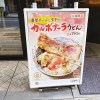 Limited-edition Carbonara Udon will anger noodle purists and pasta lovers 【Taste test】
Limited-edition Carbonara Udon will anger noodle purists and pasta lovers 【Taste test】 McDonald’s new Happy Meals offer up cute and practical Sanrio lifestyle goods
McDonald’s new Happy Meals offer up cute and practical Sanrio lifestyle goods Japanese ramen restaurants under pressure from new yen banknotes
Japanese ramen restaurants under pressure from new yen banknotes French Fries Bread in Tokyo’s Shibuya becomes a hit on social media
French Fries Bread in Tokyo’s Shibuya becomes a hit on social media Studio Ghibli releases new action figures featuring Nausicaä of the Valley of the Wind characters
Studio Ghibli releases new action figures featuring Nausicaä of the Valley of the Wind characters New private rooms on Tokaido Shinkansen change the way we travel from Tokyo to Kyoto
New private rooms on Tokaido Shinkansen change the way we travel from Tokyo to Kyoto Red light district sushi restaurant in Tokyo shows us just how wrong we were about it
Red light district sushi restaurant in Tokyo shows us just how wrong we were about it Tokyo Tsukiji fish market site to be redeveloped with 50,000-seat stadium, hotel, shopping center
Tokyo Tsukiji fish market site to be redeveloped with 50,000-seat stadium, hotel, shopping center All-you-can-drink Starbucks and amazing views part of Tokyo’s new 170 meter-high sky lounge
All-you-can-drink Starbucks and amazing views part of Tokyo’s new 170 meter-high sky lounge Beautiful Ghibli sealing wax kits let you create accessories and elegant letter decorations【Pics】
Beautiful Ghibli sealing wax kits let you create accessories and elegant letter decorations【Pics】 Studio Ghibli releases Kiki’s Delivery Service chocolate cake pouches in Japan
Studio Ghibli releases Kiki’s Delivery Service chocolate cake pouches in Japan New definition of “Japanese whiskey” goes into effect to prevent fakes from fooling overseas buyers
New definition of “Japanese whiskey” goes into effect to prevent fakes from fooling overseas buyers Our Japanese reporter visits Costco in the U.S., finds super American and very Japanese things
Our Japanese reporter visits Costco in the U.S., finds super American and very Japanese things Studio Ghibli unveils Mother’s Day gift set that captures the love in My Neighbour Totoro
Studio Ghibli unveils Mother’s Day gift set that captures the love in My Neighbour Totoro More foreign tourists than ever before in history visited Japan last month
More foreign tourists than ever before in history visited Japan last month New Pokémon cakes let you eat your way through Pikachu and all the Eevee evolutions
New Pokémon cakes let you eat your way through Pikachu and all the Eevee evolutions Sales of Japan’s most convenient train ticket/shopping payment cards suspended indefinitely
Sales of Japan’s most convenient train ticket/shopping payment cards suspended indefinitely Sold-out Studio Ghibli desktop humidifiers are back so Totoro can help you through the dry season
Sold-out Studio Ghibli desktop humidifiers are back so Totoro can help you through the dry season Japanese government to make first change to romanization spelling rules since the 1950s
Japanese government to make first change to romanization spelling rules since the 1950s Ghibli founders Toshio Suzuki and Hayao Miyazaki contribute to Japanese whisky Totoro label design
Ghibli founders Toshio Suzuki and Hayao Miyazaki contribute to Japanese whisky Totoro label design Doraemon found buried at sea as scene from 1993 anime becomes real life【Photos】
Doraemon found buried at sea as scene from 1993 anime becomes real life【Photos】 Tokyo’s most famous Starbucks is closed
Tokyo’s most famous Starbucks is closed One Piece characters’ nationalities revealed, but fans have mixed opinions
One Piece characters’ nationalities revealed, but fans have mixed opinions We asked a Uniqlo employee what four things we should buy and their suggestions didn’t disappoint
We asked a Uniqlo employee what four things we should buy and their suggestions didn’t disappoint Princesses, fruits, and blacksmiths: Study reveals the 30 most unusual family names in Japan
Princesses, fruits, and blacksmiths: Study reveals the 30 most unusual family names in Japan Attack on sobriety: Round 2! This time, plum wine/juice with limited edition character labels
Attack on sobriety: Round 2! This time, plum wine/juice with limited edition character labels Soak in a sand bath in Beppu, Japan’s famous onsen region
Soak in a sand bath in Beppu, Japan’s famous onsen region Free onsen! Kyushu resort shipping hot spring water to homes across Japan in thank-you program
Free onsen! Kyushu resort shipping hot spring water to homes across Japan in thank-you program Go to hell: Unzen Hot Springs invites visitors to take an infernal stroll through a field of deadly hell-mouths
Go to hell: Unzen Hot Springs invites visitors to take an infernal stroll through a field of deadly hell-mouths Go on a whirlwind tour of all 47 prefectures in Japan with this gorgeous promo movie【Video】
Go on a whirlwind tour of all 47 prefectures in Japan with this gorgeous promo movie【Video】 Stay dry with Japan’s top 10 indoor attractions for rainy days, as voted by tourists
Stay dry with Japan’s top 10 indoor attractions for rainy days, as voted by tourists Michelin Guide-recommended delights await inside this spooky looking old house in Oita Prefecture
Michelin Guide-recommended delights await inside this spooky looking old house in Oita Prefecture Miss school field trips? Now adults can go on a “school trip” too with new plan at Nara hotel
Miss school field trips? Now adults can go on a “school trip” too with new plan at Nara hotel Terrific Tochigi! Japanese prefecture proves its beauty with scenery showcase【Video】
Terrific Tochigi! Japanese prefecture proves its beauty with scenery showcase【Video】 7 incredible Japanese destinations that tourists haven’t discovered yet
7 incredible Japanese destinations that tourists haven’t discovered yet Rakuten Travel reveals the top 5 best-rated, off-the-beaten-track Japanese ryokan inns
Rakuten Travel reveals the top 5 best-rated, off-the-beaten-track Japanese ryokan inns Secret staff cafeteria in Osaka is one of Japan’s best-kept secrets
Secret staff cafeteria in Osaka is one of Japan’s best-kept secrets Learn all about enjoying a traditional Japanese-style ryokan inn from this nine-minute video!
Learn all about enjoying a traditional Japanese-style ryokan inn from this nine-minute video! Japan’s most famous hot spring resort runs ad telling us to go to…a different hot spring resort
Japan’s most famous hot spring resort runs ad telling us to go to…a different hot spring resort 14 tips for visiting the Mt Fuji Shibazakura Festival, where beautiful “lawn sakura” blossom
14 tips for visiting the Mt Fuji Shibazakura Festival, where beautiful “lawn sakura” blossom
Leave a Reply